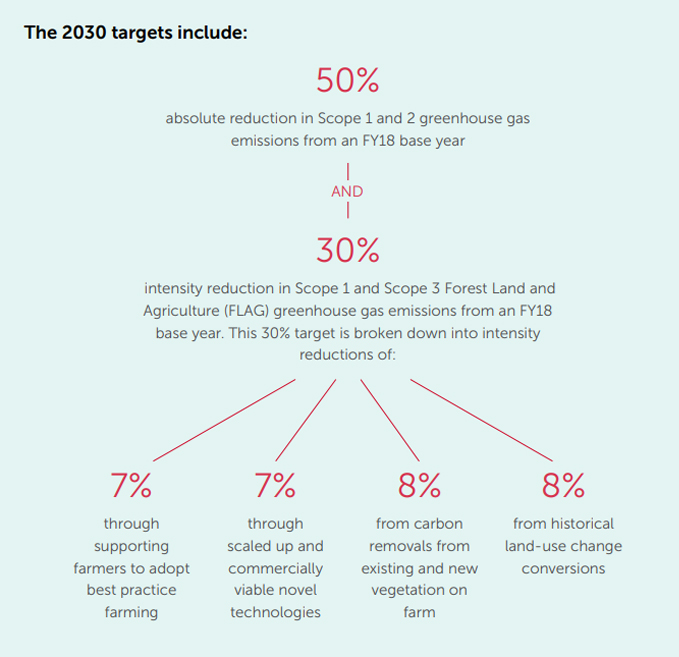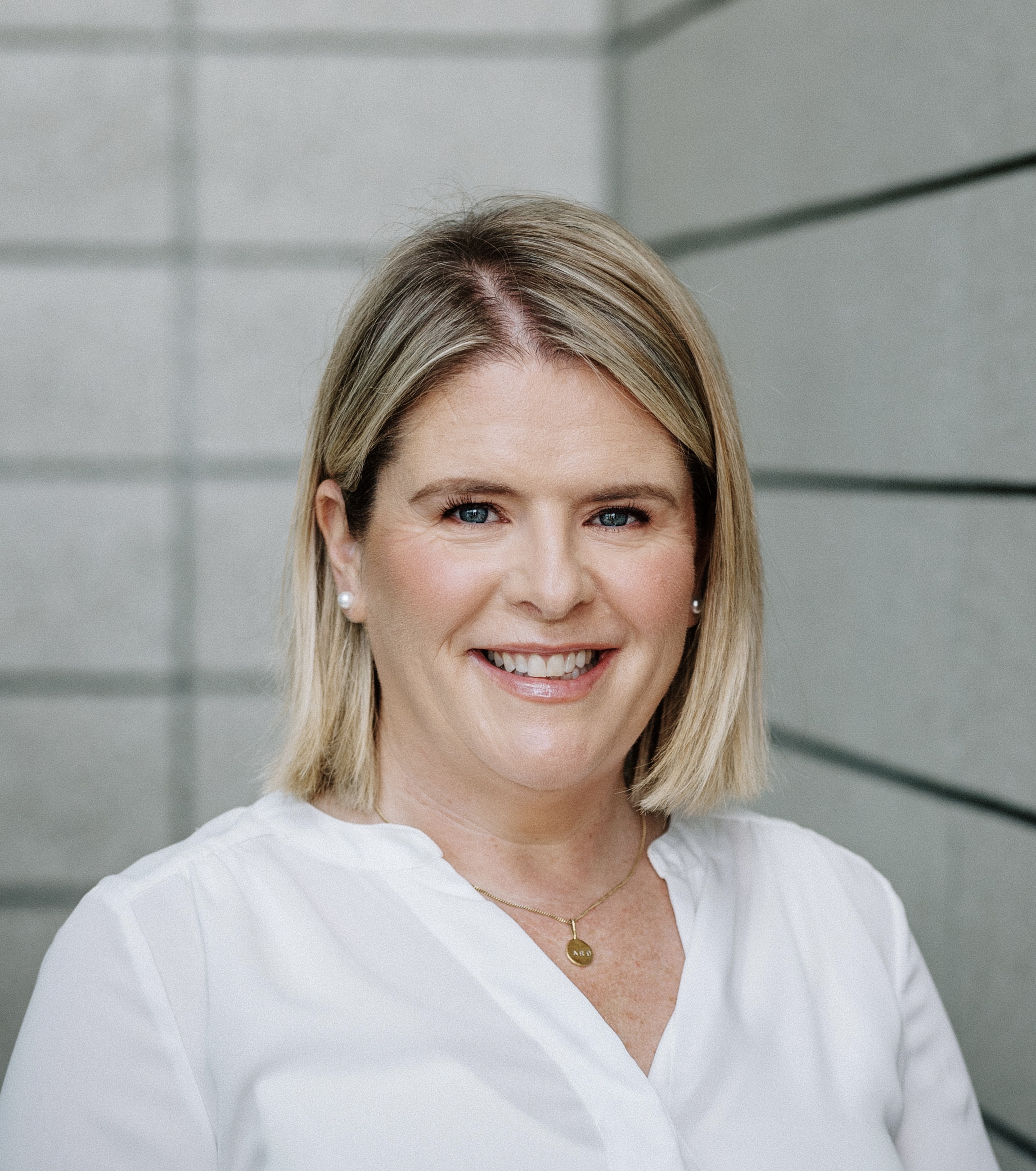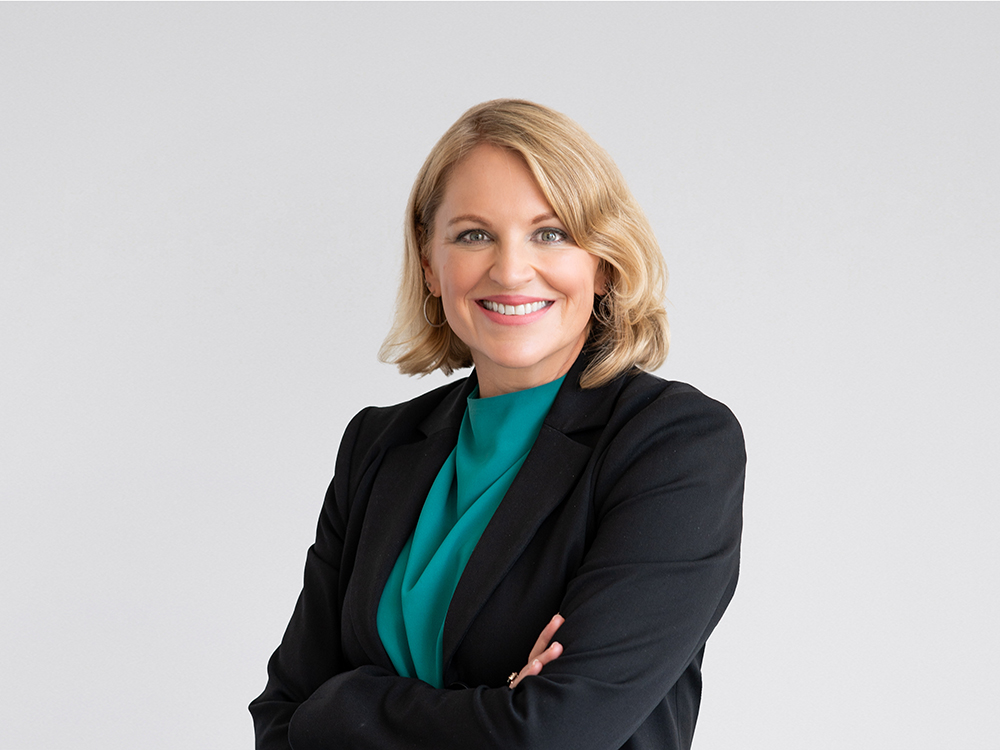In its inaugural Climate Roadmap published in November 2023, Fonterra took the bold move of setting targets for its Scope 3 emissions [1]. What the co-operative decided to implement is an interesting story in and of itself, but the “why” is even more compelling.
Clearly articulating the “why” has been a key factor in helping Fonterra work on sustainability initiatives alongside its multiple stakeholders, including both farmer shareholders and customers.
MinterEllisonRuddWatts Senior Associate, Kate Cruickshank, sat down recently with Director of Sustainability at Fonterra, Charlotte Rutherford, to discuss Fonterra’s sustainability journey, including the importance of taking time to understand the reasons behind a sustainability strategy.
Fonterra’s Scope 3 targets
Fonterra is Aotearoa New Zealand’s largest co-operative, owned by thousands of farming families, which is committed to being amongst the world’s lowest- emissions, large-scale dairy suppliers. Its Climate Roadmap is the strategic path that will take it towards its 2030 targets and its ultimate ambition to be net zero by 2050.
Fonterra’s Scope 3 (or indirect) emissions represent 93% of its FY23 emissions profile. The co-operative’s emissions footprint is unique in that most (86%) of its emissions sit “on farm”, i.e., with the farmer suppliers of the milk that Fonterra processes and sells on their behalf. Adopting a Scope 3 target was a big step for Fonterra because that target inevitably affects the personal businesses of those farmers – who are also its owners. There were understandably some brave discussions to be had.

Understanding the “why”
Rutherford says Fonterra spent as much time as farmers needed to talk through why the co-operative needed a Scope 3 target. Although there is a clear environmental driver for the decision, she says the discussions were more about the business – showing farmers how the co-operative could remain relevant, profitable, and inter-generational.
Aligning with customers’ sustainability ambitions
Although Fonterra’s customers are at varying stages in their sustainability journeys, Rutherford notes that most are “moving”. Some customers, in particular multi-national companies such as Nestlé and Mars, want to partner with farmers and to engage and invest in enduring change on-farm. For example, farmers that meet achievements in Fonterra’s “Co- operative Difference” programme receive an additional payment directly from Nestlé to acknowledge the contribution by those farmers towards Nestlé’s targets. Mars has helped Fonterra launch a programme called “Greener Choices” which offers Fonterra farmers an incentive to buy products that help with on-farm sustainability.
One thing that helps give all of its customers confidence in Fonterra is the amount of data it has on each farm’s carbon footprint. Not only does this help with climate analysis and reporting but it will also be invaluable for other sustainability issues such as biodiversity and implementation of regenerative agriculture practices. Rutherford is quick to point out that Fonterra is not resting on its laurels when it comes to its sustainability initiatives, including data capture and analysis. Making the process easier for farmers is a priority. The message from customers is clear: although Fonterra is amongst the lowest carbon dairy suppliers in the world, other organisations are catching up and Fonterra needs to keep adapting and innovating.
Sustainability is becoming an increasingly important factor in obtaining funding and capital."
Rutherford lists the four key reasons “why” the target was necessary:
1. Fonterra’s customers
Fonterra has many customers (both local and global) with ambitious sustainability targets of their own. Fonterra is a significant contributor to those customers’ Scope 3 emissions. The ongoing ability to supply to those customers in the future was a key contributor to the decision to set a Scope 3 target.
2. Access to funding and capital
Sustainability is becoming an increasingly important factor in obtaining funding and capital, not only for large organisations, such as Fonterra, but also for its farmers’ own businesses. A lot of funding is becoming dependent on sustainability planning and performance in terms of actions on-farm.
3. Regulatory requirements and litigation risk
Fonterra will issue its first mandatory climate-related disclosure report in 2024 as a climate reporting entity under the Financial Markets Conduct Act 2013. Separate to its legal obligations to disclose what it is doing to identify and manage climate-related risk, Fonterra is also conscious of the risk of time- consuming and costly litigation related to climate change including the potential for that to divert funds away from decarbonisation initiatives. It is important that organisations are doing what they say they are doing. Equally, there is a balancing act to ensure that the threat of litigation does not hamper sustainability ambition.
4. Strategy
One of Fonterra’s three strategic choices is to be a leader in sustainability. Having a Scope 3 target was a critical factor in Fonterra putting its strategy into action.
Climate-related Disclosures
Fonterra produced its first set of Climate- related Disclosures on a voluntary basis in 2023. These were prepared to align, as far as possible, with the content that will be required under the Financial Markets Conduct Act this year. Rutherford says the voluntary disclosures were an opportunity for Fonterra to test the process and get feedback. She describes the process as “huge”, saying the time and structure taken to embed climate-related risk analysis across the business was like nothing she’d seen before, “but in terms of moving a business quickly to start thinking about climate-related risk there probably isn’t a better way to have done it.”
Fonterra’s journey towards sustainability is a testament to the power of understanding the ‘why’ behind such initiatives. This approach ensures the co-operative’s work to reduce emissions helps it to remain relevant, profitable, and inter-generational.
As Fonterra continues to innovate and adapt to achieve its sustainability ambitions, it serves as a model for other organisations. Its commitment to transparency, as evidenced by its climate-related disclosures, and its ongoing efforts to engage with and support its farmers in achieving sustainability goals, underscore the co- operative’s commitment to being a leader in sustainability.

Lessons learned
When asked for advice for other organisations starting out on their sustainability journey, Rutherford doesn’t sugar coat it. She has four key pieces of advice:
1. Be brave!
The journey towards a more sustainable future is hard, especially if you are trying to lead multiple stakeholders on that journey.
2. Do not think there is an easy way to do it.
Transitioning from sustainability being a group of activities an organisation does, to being a key part of a business and its strategy will take significant time and resources. You need to be mindful of having the right data, the right language and talking with the right people.
3. Break it down into manageable goals.
Fonterra has had positive feedback from its farmers that the Scope 3 target felt achievable because it was broken down into four different areas for reductions.
4. Take your time with the “why”.
Fonterra spent the best part of 2023 on the reasons behind its sustainability strategy. Once the “why” is embedded,then you can focus on the “what” and the “how”.
As Fonterra continues to innovate and adapt to achieve its sustainability ambitions, it serves as a model for other organisations. Its commitment to transparency, as evidenced by its climate-related disclosures, and its ongoing efforts to engage with and support its farmers in achieving sustainability goals, underscore the co-operative’s commitment to being a leader in sustainability.
Read Sustainable Impact
Footnote
[1] Indirect emissions occurring because of the activities of a Climate Reporting Entity but generated from sources it does not own or control. See Getting started on measuring your emissions » XRB.





